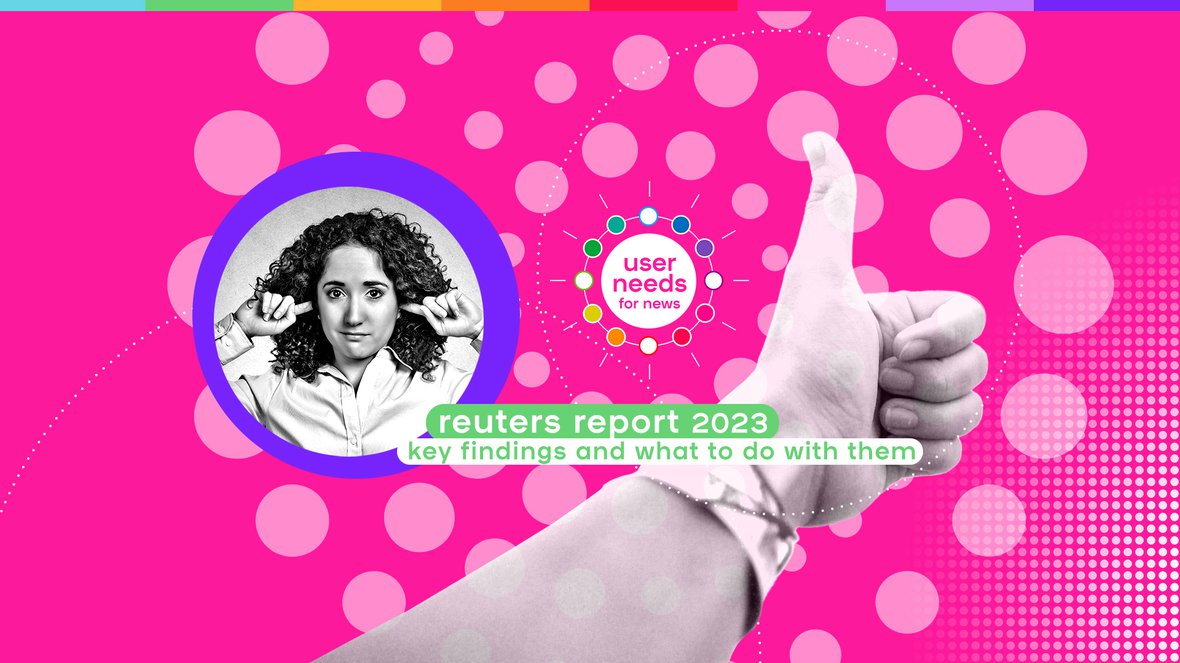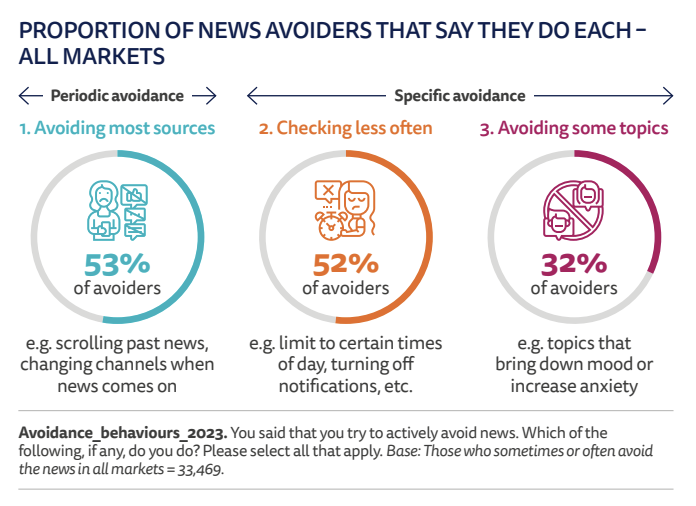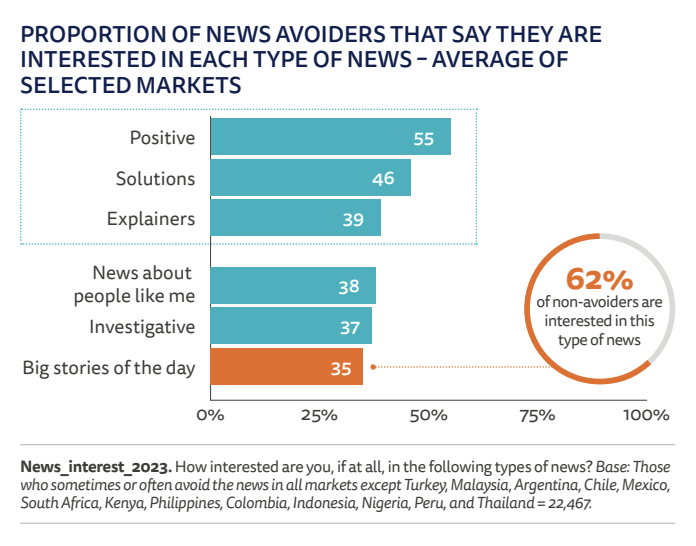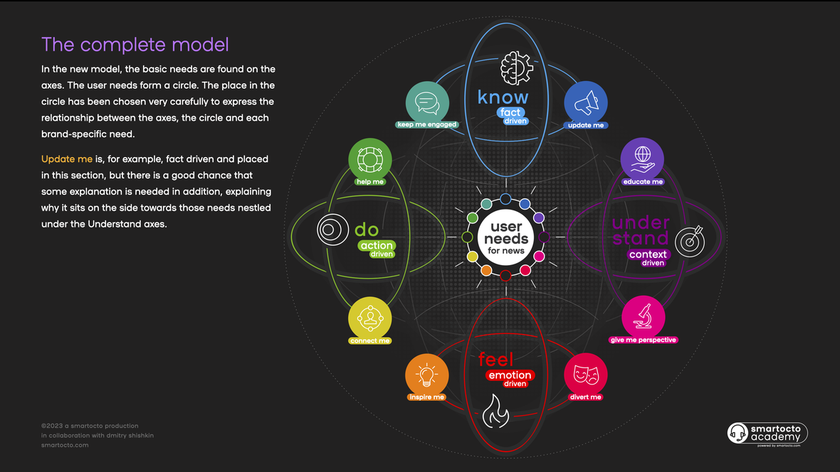Each year, the good folk at the Reuters Institute in Oxford publish a report about trends in digital media. It’s meticulously researched and presented, and a useful tool for media professionals everywhere, at every level.
While a lot of the findings make for slightly uncomfortable reading (it’s not getting any easier out there for newsrooms), the report also highlights opportunities aplenty - if you look in the right place. One thing in particular grabbed our attention in this report: the increasing awareness that positive and ‘solutions’ journalism may help alleviate news fatigue and total disengagement.






